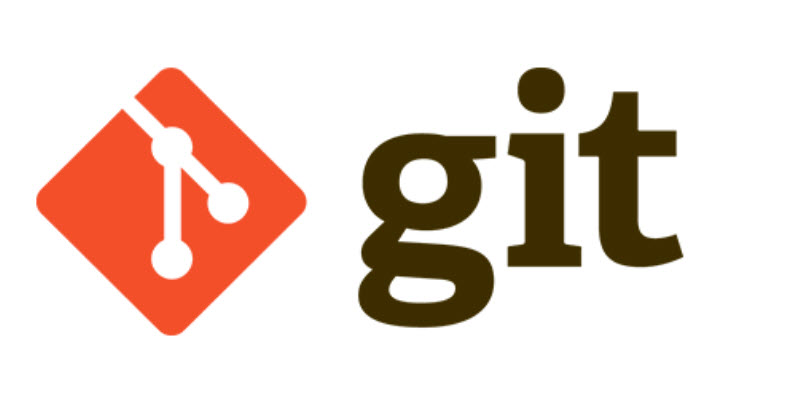Introduction to the GitLab Security Vulnerability
As a premier development and project management platform, GitLab plays a pivotal role in the workflow of countless developers and organizations. However, recent developments have brought to light a significant security concern that could have far-reaching implications. The critical flaw identified as CVE-2023-7028 has cast a spotlight on the importance of robust security practices in the digital age.
Overview of the CVE-2023-7028 Flaw
The CVE-2023-7028 flaw is a zero-click account takeover vulnerability with a CVSS score of 10.0, the highest severity level. It enables attackers to redirect password reset emails from a targeted GitLab account to an attacker-controlled email address. This breach allows unauthorized password changes and complete account control by the attacker. Notably, this vulnerability doesn’t bypass two-factor authentication (2FA), providing some relief for accounts with this additional security layer.
Affected GitLab Versions
This security flaw impacts multiple versions of GitLab, specifically:
- GitLab Community Edition: Versions 16.1 before 16.1.5, 16.2 before 16.2.8, 16.3 before 16.3.6, 16.4 before 16.4.4, 16.5 before 16.5.6, 16.6 before 16.6.4, and 16.7 before 16.7.2.
- GitLab Enterprise Edition: Same versions as Community Edition.
The Scope of the Threat
Vulnerable GitLab Instances
As reported by the threat monitoring service ShadowServer, there are 5,379 GitLab instances still exposed to this vulnerability. This number is alarming, especially considering GitLab’s integral role in software development and project planning.
Geographic Distribution of Vulnerable Servers
The majority of these vulnerable GitLab instances are located in the United States, Germany, Russia, China, France, the U.K., India, and Canada. This global distribution underscores the widespread nature of the risk and the need for immediate action across borders.
Potential Risks and Consequences
The CVE-2023-7028 flaw poses several significant risks, including:
- Supply Chain Attacks: Compromised GitLab servers could be used to infiltrate software supply chains, posing a risk to countless downstream systems and users.
- Proprietary Code Disclosure: Unauthorized access could lead to the exposure of confidential and proprietary code.
- API Key Leaks: Attackers could gain access to sensitive API keys, leading to further security breaches.
- Other Malicious Activities: The breach opens the door to various forms of cyberattacks and espionage.
Mitigation and Response Strategies
Immediate Actions for GitLab Admins
GitLab administrators must urgently undertake the following steps:
- Apply Security Patches: Update GitLab instances to the latest patched versions (16.7.2, 16.5.6, 16.6.4, 16.1.6, 16.2.9, and 16.3.7).
- Enable Two-Factor Authentication (2FA): Activate 2FA on all accounts to add an extra layer of security.
- Monitor and Audit Logs: Regularly check
gitlab-rails/production_json.logandgitlab-rails/audit_json.logfor suspicious activities. - Credential Rotation: Change all credentials, API tokens, and certificates for potentially compromised instances.
- Incident Response: Follow GitLab’s incident response guide to detect and address any signs of compromise.
Long-Term Security Recommendations
- Regular Software Updates: Consistently update all software components to their latest versions.
- Comprehensive Security Audits: Conduct regular security audits of your systems and infrastructure.
- Enhanced Security Training: Educate your team about the latest cybersecurity threats and best practices.
Conclusion: Vigilance and Proactive Security
While no active exploitation of CVE-2023-7028 has been confirmed as of now, the severity and potential impact of this vulnerability demand immediate and proactive measures. By understanding the nature of the threat, actively monitoring systems, and implementing robust security protocols, organizations can mitigate the risks posed by such vulnerabilities.
Mermaid Diagram: CVE-2023-7028 Mitigation Flow
flowchart TD
A[Identify Vulnerable GitLab Versions] –>|Update| B[Patch to Latest Version]
B –> C[Enable 2FA on All Accounts]
C –> D[Monitor and Audit Logs for Suspicious Activity]
D –> E[Rotate All Credentials and API Tokens]
E –> F[Follow GitLab Incident Response Guide]
F –> G[Regularly Update Software Components]
G –> H[Conduct Security Audits]
H –> I[Train Team on Cybersecurity Best Practices]
I –> J[Maintain Vigilance and Update Security Protocols Regularly]
This flowchart outlines the critical steps needed to mitigate the CVE-2023-7028 vulnerability effectively. By following this structured approach, organizations can enhance their defense against this and future cybersecurity threats.

